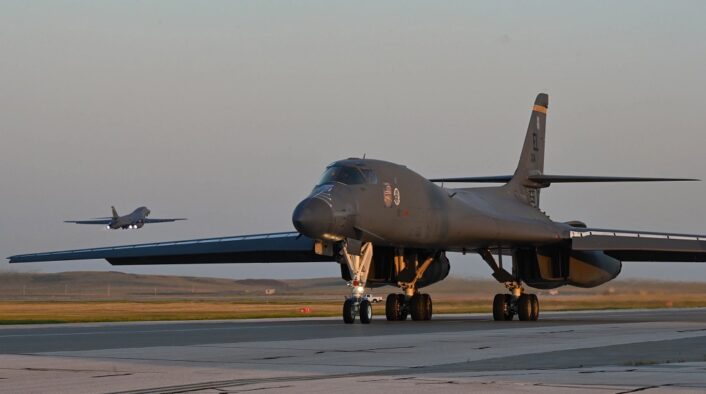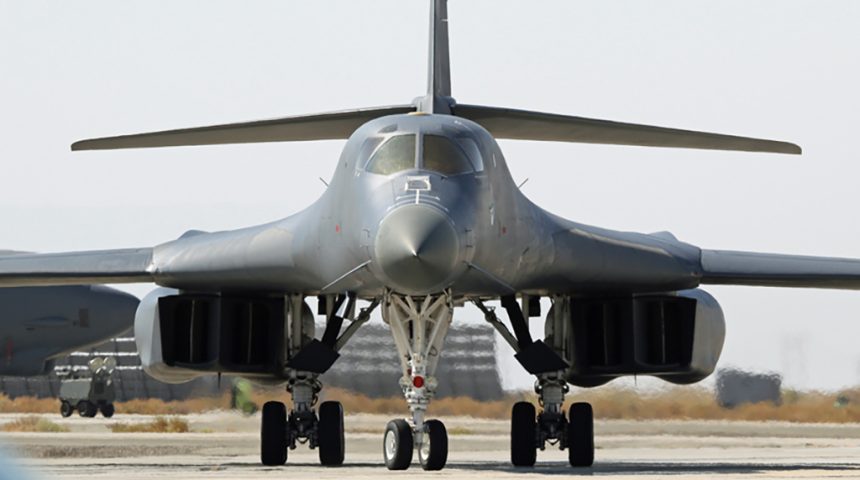The incident happened at the end of a training mission in poor weather with limited visibility due to dense fog and below-freezing temperatures.
A U.S. Air Force B-1B Lancer bomber assigned to the 28th Bomber Wing crashed at approximately 5:50 p.m.on Jan.4, 2024 as it was landing at Ellsworth Air Force Base, South Dakota. The details and causes of the incident are still unknown, however the base’s Public Affairs Office released a statement confirming that the four aircrew members were able to eject safely.
The news was first circulated on social media and local news, before being confirmed by Ellsworth AFB. In the immediate aftermath of the incident, a NOTAM (Notice to Airmen) was issued and the airbase was closed to all traffic. The weather conditions were reported to be very poor, with limited visibility due to dense fog and below-freezing temperatures.
@thenewarea51 pic.twitter.com/dUGUf4NbQP
— CJ♣️ 🇺🇸 (@Rat3B) January 5, 2024
A post shared on Facebook on the popular Air Force amn/nco/snco page claims the BONE (as the B-1s are nicknamed within the pilot community) involved might be the B-1B AF serial 85-0085 and that the aircraft crashed on the runway during the landing phases. This appears to be confirmed by radio traffic from local emergency services which were informed of a B-1 incident with “active fire and some explosions”, advising emergency vehicles to go through the base’s main gate.
Per Rapid City, South Dakota EMS via Broadcastify, details are still unknown. pic.twitter.com/G2qPSZXK0k
— Thenewarea51 (@thenewarea51) January 5, 2024
The incident is now being investigated and no further details are currently available. At the time of writing, the latest NOTAM, with validity expiring on Monday, reports Ellsworth’s runway still closed. This is to allow the evidence collection for the official investigation and the removal of the mishap aircraft.
Ellsworth AFB is one of the two B-1B bases, with the other being Dyess AFB in Texas. The Air Force started divesting the B-1 in 2021, decreasing the active fleet size from 62 to 45 aircraft in accordance with the National Defense Authorization Act. The service said that, of the 17 aircraft, four would be required to remain in a reclaimable condition that is consistent with Type 2000 recallable storage, so it is possible that one could be resurrected to replace the crashed bomber and preserve the 45 aircraft fleet.










